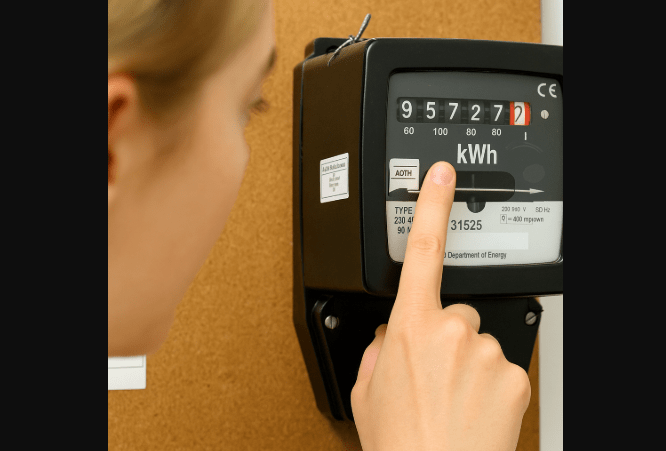Hundreds of thousands of households across the UK are on the verge of losing control of their heating and hot water systems, as a major technological switch-off looms. An estimated 300,000 homes still use outdated Radio Teleswitching System (RTS) meters—technology set to be phased out on 30 June.
RTS Meter Switch-Off Sparks Urgent Concerns
Since the 1980s, RTS meters have relied on longwave radio signals to toggle electricity rates between peak and off-peak hours. These meters, primarily used by customers on tariffs like Economy 7, often control heating and hot water through a dedicated circuit, separate from the rest of the household’s electricity.
Now, with the RTS system being officially decommissioned, energy providers are racing against time to replace old meters with smart ones. But with just weeks to go, the pace of installations appears alarmingly slow.
“Obviously, we’d need to increase from there significantly still to replace all the meters by the end of June,” said Ned Hammond, deputy director for customers at Energy UK, speaking on BBC Radio 4.
Energy UK figures reveal around 430,000 RTS meters were still active at the end of March. Although over 1,000 meters are currently being replaced each day, that number would need to rise to 5,000 daily to meet the deadline.
“I wouldn’t want to say impossible – but clearly very, very difficult to get to that point,” Hammond added.
Vulnerable Households at Greater Risk
The End Fuel Poverty Coalition has expressed growing concern over the implications for households left behind.
“With pressures on the replacement programme growing and with limited engineer availability, especially in rural areas, there’s a real risk of prolonged disruption, particularly for vulnerable households,” warned Simon Francis, spokesperson for the campaign group.
Although RTS meters only control heating and hot water systems, and not general power outlets or lighting, losing that functionality could leave families without essential warmth, especially worrying ahead of the next winter.
Public Pushback and Installation Hurdles
Not all customers are eager to make the switch. Some, like Jane from Norfolk, are actively resisting the move to smart meters.
“It’s not yet lawful to say I’ve got to have one. And I really, really don’t want one. I’m perfectly happy with the way things are,” she told the BBC.
Others, like Diane Gray from Cumbria, are willing but unable to upgrade due to technical limitations.
“At the moment, we’re not able to install a new meter in your home that works with your current meter’s heating set up,” her supplier told her in December.
Despite a follow-up notification that a smart meter installation is scheduled for June, Diane remains concerned.
“It is very concerning. Because they’re doing it in the summer, come the winter, I keep thinking there must be some solution they’re going to give us before we need to start using the heating.”
What Should You Do If You Have an RTS Meter?
Ofgem advises households to check for signs that they may have an RTS meter. You likely have one if:
- Your home is fitted with a switch box labelled ‘Radio Teleswitch’
- You rely on electricity for heating (such as storage heaters)
- There’s no gas supply to your property
- You’re on a time-based tariff like Economy 7
If you meet any of these criteria and haven’t yet been contacted, reach out to your energy provider as soon as possible. Crucially, never pay anyone who cold-calls or emails you asking for money to change your meter—it’s likely a scam.
Ofgem has stressed that if a smart meter isn’t viable for your property, your supplier must still install a “suitable meter” without causing disruption to your service.
As the 30 June deadline draws closer, the pressure on energy firms—and the public—is mounting. While energy providers have committed to a “careful phase down” of the RTS system, time is running out. With over 300,000 households still at risk, those who depend on RTS meters are urged to act quickly.
If you’re unsure, check your meter today. Don’t wait until the heating goes cold.






